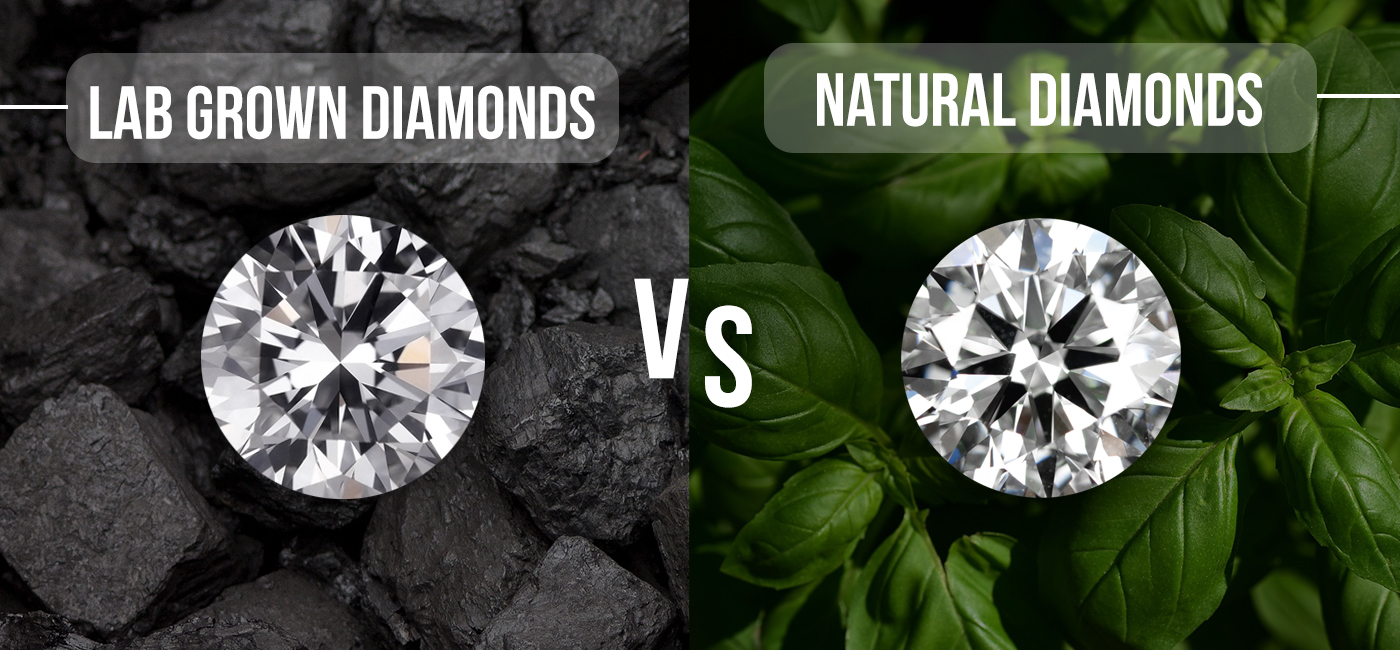The Difference Between Lab and Natural Diamond

Diamonds have been cherished for centuries, symbolizing love, luxury, and prestige. However, with technological advancements, lab-grown diamonds have emerged as an alternative to natural diamonds. The diferencia entre diamante de laboratorio y natural, characteristics, cost, and environmental impact. Understanding the difference between lab and natural diamond can help buyers make informed decisions.
Formation Process: The Core Difference Between Lab and Natural Diamond
The difference between lab and natural diamond begins with how they are formed. Natural diamonds are created deep within the Earth’s mantle under extreme pressure and temperature over billions of years. These diamonds are brought to the surface through volcanic eruptions. On the other hand, lab-grown diamonds are produced in controlled laboratory environments using two main methods: High-Pressure High-Temperature (HPHT) and Chemical Vapor Deposition (CVD). The difference between lab and natural diamond in formation significantly influences their availability and ethical considerations.
Physical and Chemical Properties: The Structural Difference Between Lab and Natural Diamond
The difference between lab and natural diamond is minimal when it comes to physical and chemical properties. Both consist of pure carbon arranged in a crystalline structure, making them identical in hardness and brilliance. However, the difference between lab and natural diamond can be detected using specialized equipment, as lab diamonds often exhibit different inclusions or growth patterns compared to natural diamonds. Despite this, the difference between lab and natural diamond is virtually indistinguishable to the naked eye.
Cost Factor: The Financial Difference Between Lab and Natural Diamond
Another crucial difference between lab and natural diamond is their cost. Natural diamonds are more expensive due to their rarity and the extensive mining process involved. Conversely, lab-grown diamonds are more affordable because they can be mass-produced in a short time. The difference between lab and natural diamond in price makes lab diamonds an attractive option for budget-conscious buyers. Understanding the difference between lab and natural diamond in terms of pricing can help consumers decide based on their financial preferences.
Environmental Impact: The Ethical Difference Between Lab and Natural Diamond
The environmental difference between lab and natural diamond is significant. Natural diamond mining causes land disruption, deforestation, and water pollution, contributing to ecological damage. In contrast, lab diamonds have a lower environmental footprint as they do not require mining. The difference between lab and natural diamond in terms of sustainability makes lab diamonds a more eco-friendly choice. Recognizing the difference between lab and natural diamond from an environmental perspective allows consumers to make responsible purchases.
Market Value and Resale: The Long-Term Difference Between Lab and Natural Diamond
The difference between lab and natural diamond also extends to their resale value. Natural lab grown diamonds tend to retain their value over time, making them a worthwhile investment. In contrast, lab-grown diamonds generally have lower resale value due to their abundance and lower production costs. The difference between lab and natural diamond in investment potential is essential for buyers looking for long-term value. Considering the difference between lab and natural diamond in resale potential can influence purchasing decisions.
Certification and Identification: The Authenticity Difference Between Lab and Natural Diamond
To confirm the difference between lab and natural diamond, gemological laboratories provide certification for both types. Reputable organizations like the Gemological Institute of America (GIA) and the International Gemological Institute (IGI) issue reports detailing a diamond’s characteristics. The difference between lab and natural diamond certification ensures transparency for buyers. Identifying the difference between lab and natural diamond through certified reports prevents misleading purchases.
Consumer Preferences: The Personal Choice Difference Between Lab and Natural Diamond
The difference between lab and natural diamond also affects consumer preferences. Some buyers prefer natural diamonds for their historical significance and rarity, while others opt for lab diamonds due to their affordability and ethical sourcing. The difference between lab and natural diamond ultimately depends on individual priorities. Understanding the difference between lab and natural diamond helps buyers align their choices with their values and budget.
Conclusion: Making an Informed Choice on the Difference Between Lab and Natural Diamond
The difference between lab and natural diamond covers formation, physical attributes, cost, environmental impact, market value, certification, and consumer preferences. While the difference between lab and natural diamond is subtle in appearance, it plays a crucial role in decision-making. Whether selecting a natural diamond for its timeless value or a lab-grown diamond for its affordability and sustainability, knowing the difference between lab and natural diamond empowers consumers to choose wisely.







